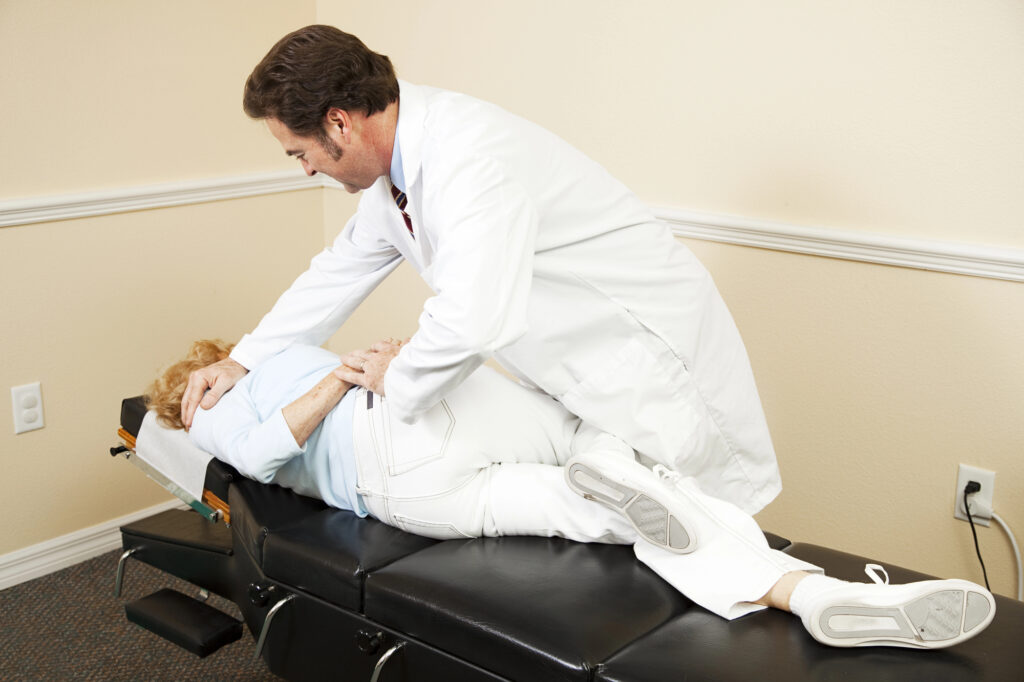Lower back pain is the leading cause of disability worldwide, affecting some 619 million people globally. And that number is expected to hit 843 million by 2050, as the world’s population ages. Not only does lower back pain lead to issues such as work loss and reduced quality of life, but the “cure” may be even worse than the disease.
As of 2015, opioids were the most commonly prescribed medications for back pain, with more than half of regular opioid users reporting back pain. This prevalence is a problem, especially given the ongoing epidemic of opioid abuse and overdose. Even with doctors attempting to prescribe fewer opioids, analgesics remain the most frequently prescribed class of drug.
Identifying and promoting safe, effective non-drug therapies for pain has thus become a priority among many researchers, including a team from University Hospitals Cleveland Medical Center, who recently investigated the efficacy of chiropractic spinal manipulation for the treatment of back pain. Their study was published in the May issue of the peer-reviewed journal BMJ Open.
The researchers amassed data from over 2,300 patient records from University Hospitals across the U.S. It included adults aged 18–50 with a new diagnosis of sciatica, which is characterized by radiating pain, numbness, or weakness in the leg due to a compressed nerve root. Patients were divided into two groups: those who received chiropractic treatment upon diagnosis, and those who received usual medical care.
The authors made extensive efforts to account for differences among the two groups. For example, the cohorts were similar with respect to age, sex, and several other factors and then analyzed the records for a year after diagnosis, specifically identifying patients who were prescribed tramadol, a synthetic opioid that has been increasingly prescribed for low back pain over the past decade. While tramadol has a lower potency compared to other prescription opioids, it still carries risks of persistent use and adverse events.
“While previous studies found a reduced likelihood of opioid prescription among those receiving chiropractic care, our study is the first to focus specifically on tramadol,” said Robert Trager, DC, the study’s lead author.
Trager and his team found that during the 12 months after diagnosis, 4% of the patients who received usual medical care also received a prescription for tramadol, while only 1.3% of the chiropractic patients also received a prescription.
Conclusions
The researchers caution that the study’s retrospective design has limitations and call for further research to confirm their findings, including double-blind human trials. In addition, they question whether the findings might be explained by a general effect of visiting a non-pharmacologic clinician, such as a chiropractor, physical therapist, or acupuncturist. But even that, they say, may be an encouraging outcome.
“As our nation continues to grapple with the opioid crisis, this study reinforces the value of offering patients evidence-based non-pharmacological alternatives for pain management,” said Françoise Adan, MD, Chief Whole Health and Well-being Officer for University Hospitals.






